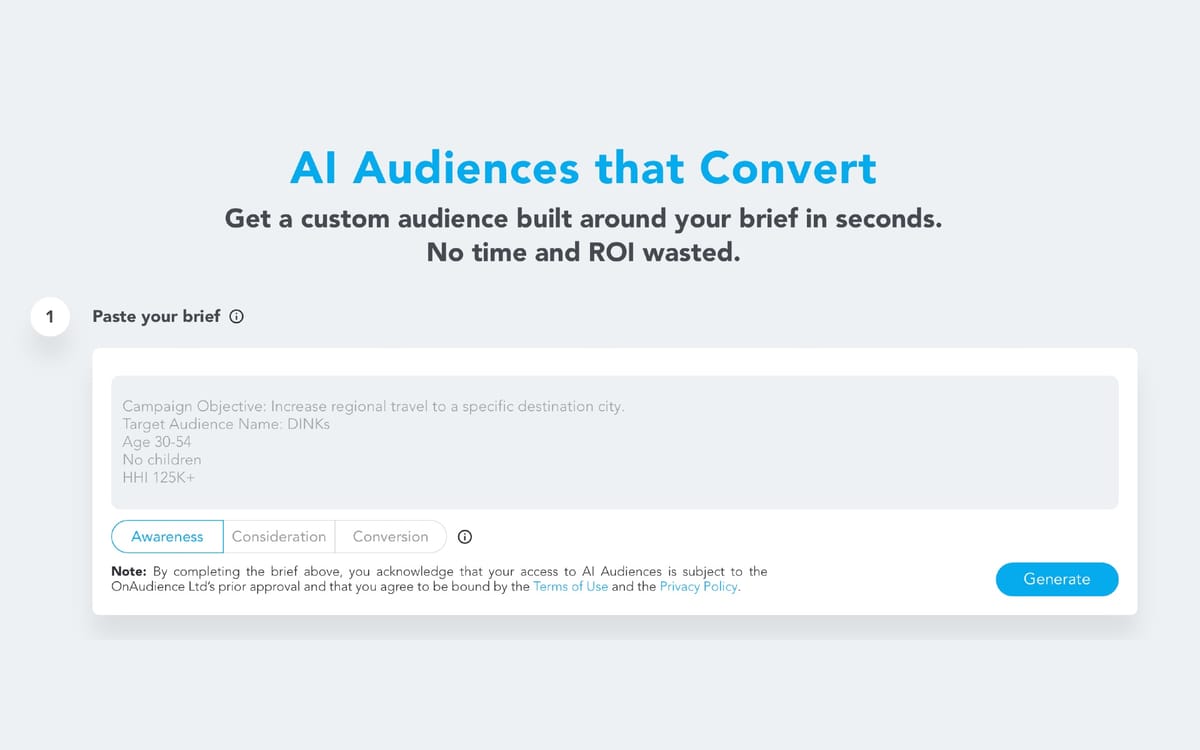The rush to deploy AI is reshaping how businesses think about risk, according to Cisco. A global study finds that while most organizations are rapidly adopting AI, many are not ready for the strain it puts on their systems and security.
A small group of companies have managed to stay ahead of the curve. These “pioneers” view AI readiness as part of their long-term strategy. They plan ahead, build solid infrastructure, and take security seriously.
Rising AI Infrastructure Debt
The researchers introduce the idea of AI infrastructure debt, the accumulation of gaps and delays resulting from attempts to deploy AI on systems that were never designed for it. These gaps create friction, increase costs, and open the door to security risks that increase over time.
Many companies admit that their infrastructure isn’t keeping pace. Few are convinced that their systems can scale with the workloads that AI brings. The same problem appears when it comes to security. Only a small portion of organizations report being able to protect the AI systems they operate. Data protection and access control remain weak points and monitoring tools are often lacking.
The controls that once protected applications and users cannot extend to autonomous AI systems that make decisions and act autonomously.
Agentic AI brings new attack surfaces
Most companies plan to use agentic AI, systems that can perform tasks, communicate with other software, and make operational choices without constant supervision.
These agents could automate customer support, manage supply chains or detect threats. But they also expand the attack surface. If any of them are misconfigured or breached, problems can spread to connected systems.
Many organizations have not yet decided how they will control or monitor these agents. Most have no plan for human oversight once agents begin handling parts of business operations. The risk is that deployment will go faster than defense.
Security flaws are already visible
Even before the advent of agentic systems, many businesses struggle with basic preparation. Increasing computational costs, limited data integration, and network strain are commonplace. Few have the centralized data or reliable infrastructure needed for AI at scale.
Encryption, access control and tamper detection are unevenly applied. Many teams still treat them as separate add-ons rather than built-in protections. This patchwork approach makes it more difficult to detect problems early and control them when they arise.
Pioneers handle this differently. They are building security into the core of their AI programs, modernizing infrastructure before scaling, and maintaining stronger governance over how AI is used. This discipline gives them flexibility when workload increases and new threats emerge.
The risk of an ignored debt
AI infrastructure debt does not appear all at once. It builds slowly as upgrades are delayed and quick fixes pile up. What starts as a small gap in computing or data management can turn into a weakness that limits growth and invites attacks.
If left unaddressed, this debt can slow innovation and erode trust in AI systems. Every new model, dataset, and integration point becomes a potential attack surface. Without regular investment, it becomes more difficult to understand where sensitive information is located and how it is protected.
Organizations that address these gaps early can reduce long-term costs and create reliable systems. Those who delay the work will later suffer technical and financial consequences.
Preparation generates value
“We are moving beyond the era of question-and-answer chatbots and entering the next major phase of AI: agents that perform tasks independently,” said Jeetu PatelPresident and Chief Product Officer of Cisco. “Our research shows that more than 80% of companies prioritize agent solutions, and two in three say these systems are already meeting or exceeding their performance goals. The evidence points to a huge competitive advantage: the most advanced companies see significantly higher returns than their peers.”
While the study warns of major gaps, it also shows what progress looks like. Pioneers are more likely to report measurable gains in profitability, productivity and innovation. Almost all design their infrastructure around future demands and maintain strong governance frameworks.
The value of AI depends on the systems that support it. For most businesses, the biggest obstacle is not the technology itself but the ability to manage it securely and at scale.
The next phase of AI will test this readiness. Companies that plan, modernize and integrate security from the beginning will determine the security of how technology evolves. Organizations that delay can end up paying off infrastructure debt that becomes more expensive with each deployment.










